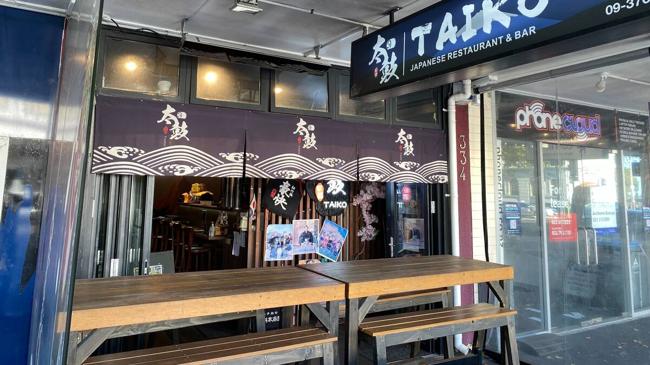Summary
An Auckland restaurant under investigation after diners became so ill some reportedly had to call an ambulance has had its food safety rating demoted from A to D. And New Zealand Food Safety says such outbreaks in food service businesses are typically related to an infected food handler.
Source: The New Zealand Herald

AI News Q&A (Free Content)
Q1: What factors led to the demotion of Taiko Ponsonby Japanese restaurant's food safety rating from A to D?
A1: The demotion of Taiko Ponsonby Japanese restaurant's food safety rating from A to D came after reports of food poisoning among diners. Over 22 people reported symptoms severe enough that some required ambulance services. Investigations by Auckland Council and New Zealand Food Safety are underway to determine the cause of the outbreak, which is often linked to an infected food handler.
Q2: How does New Zealand Food Safety typically handle outbreaks related to food service businesses?
A2: New Zealand Food Safety typically investigates outbreaks related to food service businesses by working with local councils to inspect the premises and assess food handling practices. They aim to identify the source of infection, often linked to an infected food handler, and ensure corrective actions are implemented to prevent future incidents.
Q3: What are the common pathogens involved in food-borne outbreaks according to recent research?
A3: Recent research identifies Clostridium perfringens and Shigella sonnei as common pathogens involved in food-borne outbreaks. For instance, a study on a training ship in Korea found Clostridium perfringens as the causative agent, while another study in India identified Shigella sonnei in a village outbreak. These pathogens are often associated with poor food handling and inadequate sanitary conditions.
Q4: What measures are suggested to prevent food-borne diseases in restaurants and similar establishments?
A4: To prevent food-borne diseases, it is suggested that restaurants implement strict food safety controls, conduct regular training for staff on proper food handling, and ensure thorough sanitation of kitchen facilities. Governmental interventions, such as food safety awareness campaigns and regular inspections, are also crucial in maintaining public health standards.
Q5: What impact do online food delivery platforms have on food safety and consumer health?
A5: Online food delivery platforms can influence food safety and consumer health by altering food choice behaviors. A study highlighted that these platforms often lead to a higher consumption of fast foods, which can negatively affect dietary health. The study suggests that there is a need for these platforms to address the health implications of their service offerings.
Q6: How does the food safety model proposed in recent research help in controlling food-borne diseases?
A6: The proposed food safety model uses a mathematical approach to analyze the transmission dynamics of food-borne diseases. It emphasizes the importance of government actions and the role of online food delivery services. The model suggests that effective food safety control measures, such as awareness and training campaigns for food handlers and delivery personnel, are essential in managing disease spread.
Q7: What role does technology play in enhancing food safety in restaurants?
A7: Technology plays a significant role in enhancing food safety in restaurants by enabling automatic food analysis and detection. This can help in monitoring nutritional content and ensuring compliance with safety standards. Technologies like semantic food detection in smart restaurants can aid in providing real-time data to improve food safety management.
References:
- Published: 2024-11-07 Title: An outbreak of Clostridium perfringens infection on a training ship anchored in Busan, Korea.
- Published: 2024-10-04 Title: Cyber Food Swamps: Investigating the Impacts of Online-to-Offline Food Delivery Platforms on Healthy Food Choices
- Published: 2024-05-29 Title: Modelling the dynamics of online food delivery services on the spread of food-borne diseases





